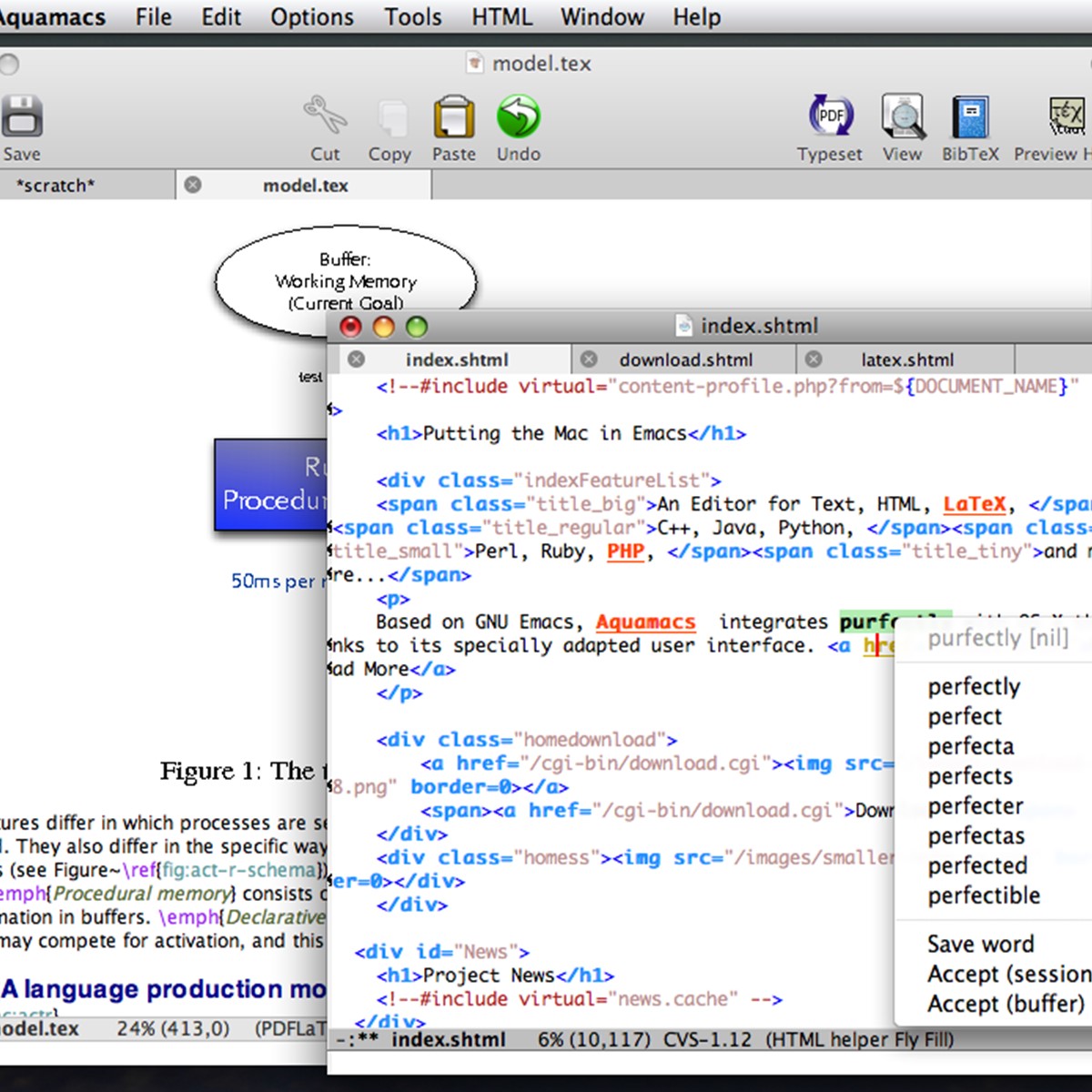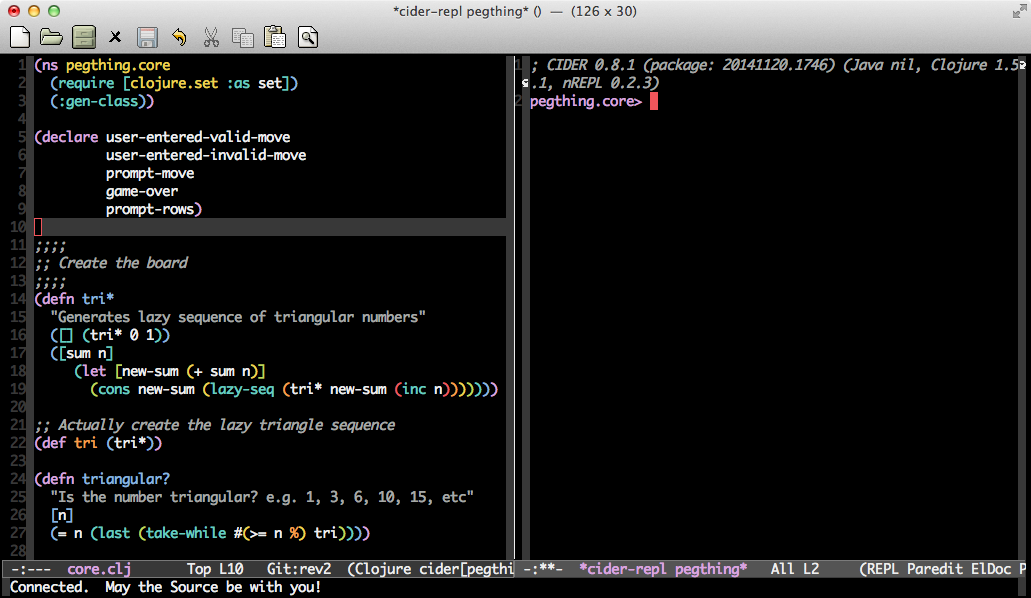

Referencing an equation/section is easy.To type any begin/end environment, you just need to type C-c C-e.Here is a brief list of command short cuts to get you started.

Latexing using emacs with auctex is quite easy. The accuracy is up to the line in latex code.

Then shift-⌘-click on pdf in skim will take you to the corresponding location in the latex code, and same action on the latex code in emacs will take you to the corresponding location in the pdf file. You may choose “custom” instead of “emacs” and type /usr/local/bin/emacsclient in the first entry. For syncing, please go to the preference of the skim app, choose the “sync”, and set “preset” to be “emacs” from the dropdown menu.
Whenever you see an error after compiling, just press C-c `, you can see the detailed error message and the line where it occurs.Įmacs can also sync with pdf reader skim on OS X. For future edit, just save the file ( C-x C-s or simply ⌘+ s) then latexmk will automatically compile it in the backgroup and update the pdf file. In fact, you only need to use C-c C-c once. You may also choose to clean up all the auxiliary files. This by default invokes the latexmk script. The short cut means ⌃+ c followed immediately with ⌃+ c. Step 5 is needed for error handling when compiling latex. latexmkrc file in the home folder of unix/linux user (step 4 in the above). emacs.d (step 3 in the above) and put the. In order this works with emacs, you need to set it up as I did in the. Latexmk is a perl script for running LaTeX the correct number of times to resolve cross references. With latexmk, you don’t need to worry about it. Often in time, you need to compile the latex file multiple time to get the reference (to equations, section, bib items) right. I make latexmk available in compiling tools. For latex, I set the compiler to be pdflatex, loaded auctex (step 3 in the above). That is why you need to install aspell using homebrew in the above step 2. I set up the spell checker to be aspell. I also customized a few key bindings, ⌘+ → to go to the end of the current line, and ⌘+ ← to the beginning. I make the cursor type box, and blinking with different colours. I also add line number on the left, and highlight the line where the cursor is. For the appearance, I changed the font face and enlarge the size. The above steps basically customize and set up the following things To do 3,4 in the above, you can use the following command in your terminal cd ~ 








 0 kommentar(er)
0 kommentar(er)
